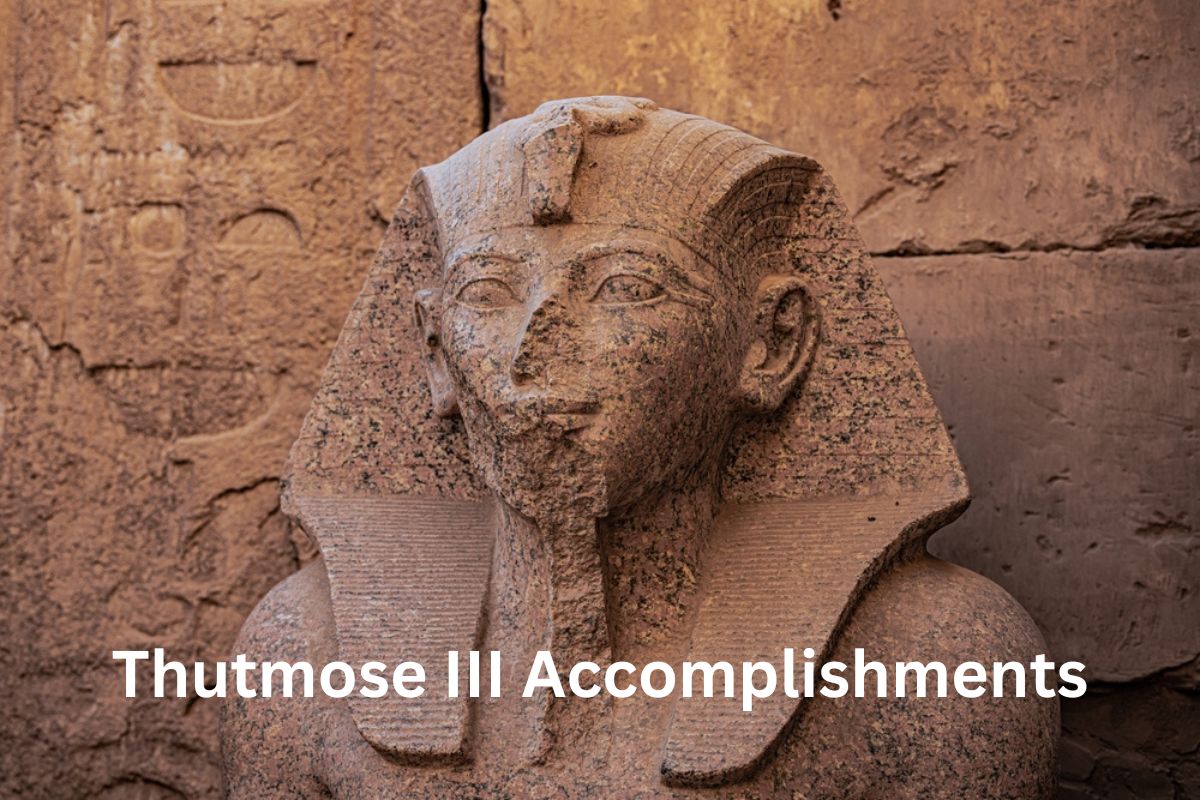Thutmose III, often referred to as the “Napoleon of Egypt,” was a powerful pharaoh of the New Kingdom who ruled from approximately 1479 BCE to 1425 BCE. He ascended the throne after a co-regency with his stepmother, Hatshepsut, and went on to become one of ancient Egypt’s most renowned warrior pharaohs.
Thutmose III is best known for his military conquests, which expanded the Egyptian empire to its greatest territorial extent. His victories at the Battle of Megiddo and numerous other campaigns secured Egyptian dominance in Canaan, Syria, and Nubia.
Thutmose III was also an astute statesman, implementing administrative reforms, promoting trade and diplomacy, and fostering cultural and artistic development.
His reign marked a golden age in Egyptian history, characterized by military triumphs, territorial expansion, and the flourishing of arts and culture.
Accomplishments of Thutmose III
1. Thutmose III led numerous successful military campaigns, expanding the Egyptian empire through conquests
Thutmose III’s military conquests were a defining aspect of his reign. He inherited a stable kingdom from his predecessor, Hatshepsut, but it was during his rule that Egypt witnessed an era of unprecedented military expansion.
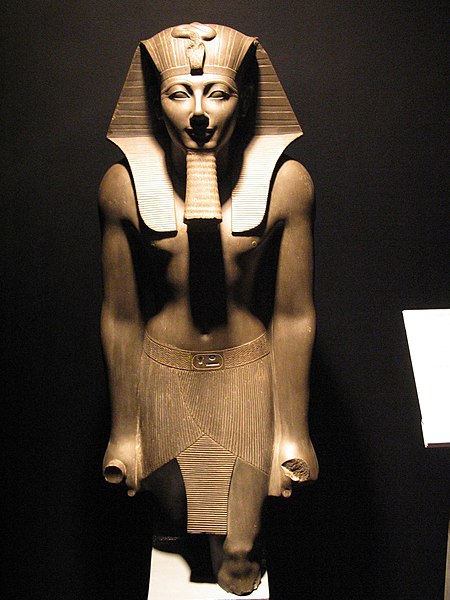
Thutmose III led at least 17 military campaigns over the course of his reign, focusing on territories in Syria, Canaan, and Nubia.
Also Read: Facts About Thutmose III
His campaigns in Syria and Canaan aimed to secure Egyptian control over key trade routes and valuable resources. Thutmose III successfully captured and controlled major cities, such as Megiddo, Kadesh, and Joppa.
These conquests not only expanded Egypt’s borders but also ensured Egypt’s dominance in the region and provided access to crucial trade networks.
2. Victory at the Battle of Megiddo
The Battle of Megiddo, fought in 1457 BCE, was a significant triumph for Thutmose III. The battle took place near the city of Megiddo, strategically located in the Jezreel Valley of modern-day Israel. Thutmose III faced a coalition of Canaanite and Syrian city-states, led by the King of Kadesh.
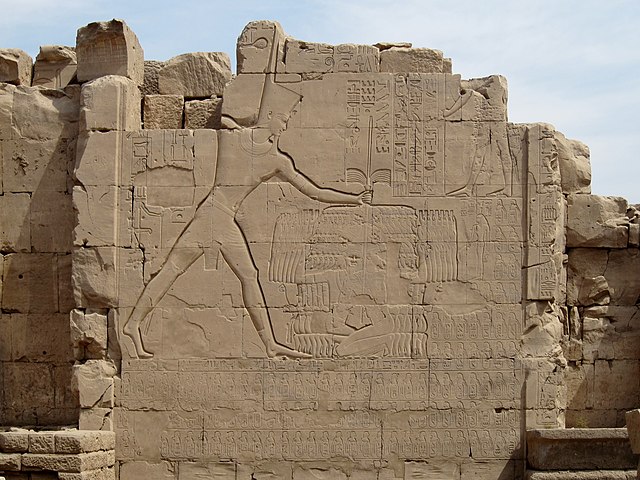
Despite being outnumbered, Thutmose III employed superior military tactics and effectively utilized chariots and infantry. The Egyptian forces surprised the coalition army and achieved a decisive victory.
The battle resulted in the capture of the King of Kadesh and the submission of numerous Canaanite city-states. This victory secured Egyptian control over Canaan, opening the way for further campaigns and solidifying Thutmose III’s reputation as a skilled military commander.
3. Thutmose III significantly expanded the Egyptian empire
Thutmose III’s conquests significantly expanded the Egyptian empire. In addition to his successes in Syria and Canaan, he also turned his attention southward, pushing the borders of Egypt further into Nubia (modern-day Sudan).
Thutmose III launched a series of campaigns into Nubia, capturing and incorporating several major cities, including Kerma and Napata. These conquests allowed Egypt to control the lucrative trade routes along the Nile and gain access to valuable resources, such as gold and precious stones.
Thutmose III’s territorial expansion not only increased Egypt’s wealth and influence but also solidified its political power in the region. The conquered territories became Egyptian provinces, and Thutmose III’s administration ensured the smooth governance of these regions, contributing to the stability and prosperity of the empire.
4. Thutmose III implemented administrative reforms that streamlined governance and centralized power
Thutmose III implemented significant administrative reforms that enhanced governance and centralized power in Egypt. He established a bureaucracy that efficiently managed the vast territories he had conquered. The bureaucracy comprised officials who oversaw various aspects of governance, including tax collection, law enforcement, and resource management.
Thutmose III also strengthened the role of the vizier, the chief administrative officer, who played a crucial role in coordinating the activities of the bureaucracy. By streamlining administrative procedures and ensuring effective governance, Thutmose III was able to consolidate his control over the empire and maintain stability throughout his reign.
5. Thutmose III was a great patron of temple construction and restoration
Thutmose III was a notable patron of temple construction and restoration. He embarked on ambitious building projects throughout Egypt, erecting temples dedicated to various deities. One of his most significant projects was the expansion and enhancement of the Temple of Amun at Karnak.
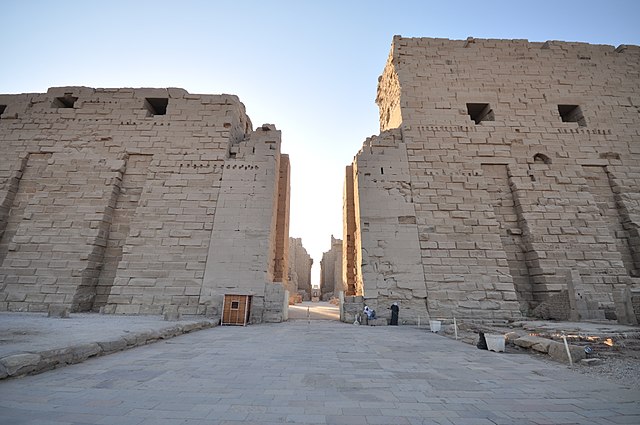
Thutmose III expanded the temple complex, adding new structures, courtyards, and pylons adorned with intricate reliefs and inscriptions. He also commissioned the construction of other temples, such as the Temple of Mut at Karnak and the Temple of Montu at Armant.
These temples served as religious centers, where elaborate rituals and ceremonies were performed to honor the gods and affirm the divine authority of the pharaoh.
6. He fostered trade relationships and engaged in diplomatic exchanges with neighboring regions
Thutmose III actively fostered trade relationships and engaged in diplomatic exchanges with neighboring regions. He recognized the importance of international trade and sought to expand Egypt’s commercial networks. Thutmose III established diplomatic ties with kingdoms such as Mitanni, Babylonia, and the Hittites.
Through these diplomatic relationships, Thutmose III secured alliances and trade agreements that benefited Egypt’s economy. Egyptian goods, such as textiles, precious metals, and luxury items, were exported to these regions, while Egypt imported valuable resources, including timber, metals, and exotic goods.
Thutmose III’s emphasis on trade and diplomacy contributed to the prosperity of Egypt and strengthened its standing in the ancient Near East. It also promoted cultural exchange, as Egyptian influences spread to other regions, and foreign influences enriched Egyptian art, architecture, and material culture.
7. Thutmose III undertook significant infrastructure projects to improve communication and transportation
Thutmose III was keen on improving infrastructure to facilitate trade, communication, and the movement of troops throughout the empire. He undertook significant construction projects, including the building of roads, bridges, and canals.
The construction of well-maintained roads and bridges allowed for faster and more efficient transportation of goods, armies, and messengers across Egypt and its conquered territories. Canals were also constructed to improve irrigation and enhance agricultural productivity in certain regions.
Thutmose III’s infrastructure development initiatives played a vital role in connecting different parts of the empire, promoting economic growth, and ensuring effective governance.
8. Thutmose III encouraged artistic and cultural activities during his reign
Thutmose III actively encouraged artistic and cultural activities during his reign. His patronage of the arts contributed to a flourishing of creativity in Egypt.
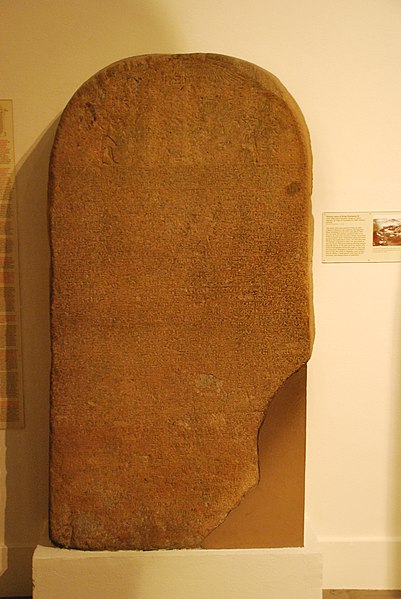
Under Thutmose III, Egyptian artists produced exquisite statues, reliefs, and other artistic masterpieces. These artworks showcased the pharaoh’s power, celebrated his military conquests, and conveyed religious and mythological themes.
Thutmose III’s support of artistic endeavors helped create a distinct artistic style known as the “Thutmoside style,” characterized by naturalistic representations, attention to detail, and a sense of movement. This artistic style would influence subsequent generations of Egyptian artists.
9. Thutmose III organized a successful expedition to the land of Punt, an enigmatic region known for its wealth and exotic resources
Thutmose III organized and successfully led an expedition to the land of Punt, an enigmatic region located in present-day Somalia and Eritrea. Punt was renowned for its wealth, exotic goods, and valuable resources.
The expedition aimed to establish trade relations with Punt and secure access to its riches. Thutmose III’s fleet sailed down the Red Sea and reached Punt, where they traded with the local inhabitants. The expedition brought back valuable commodities such as frankincense, myrrh, ebony, gold, and exotic animals.
The expedition to Punt not only enriched Egypt’s economy but also expanded its knowledge of distant lands and strengthened its influence in the region.
10. Thutmose III commissioned numerous monuments and stelae to commemorate his military triumphs and divine rule
Thutmose III commissioned numerous monuments and stelae to commemorate his military triumphs and divine rule. These monumental structures served as visible reminders of his achievements and were strategically placed throughout Egypt.
One notable example is the famous Victory Stele of Thutmose III, also known as the “Israel Stela.” This inscribed stone monument, erected at the Temple of Amun in Karnak, details Thutmose III’s successful campaign in Canaan and mentions his encounter with the “rulers of Canaan” and the “Asiatics of Retenu,” which scholars believe may refer to early encounters with the Israelites.
Additionally, Thutmose III commissioned the construction and embellishment of temples, such as the Temple of Amun at Karnak, the Temple of Mut at Karnak, and the Temple of Montu at Armant. These grand structures served to glorify the gods and assert the pharaoh’s divine right to rule.
Thutmose III’s monumental commemorations played a crucial role in shaping the narrative of his reign and cementing his legacy as one of Egypt’s greatest pharaohs.
